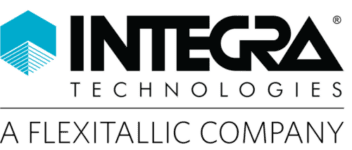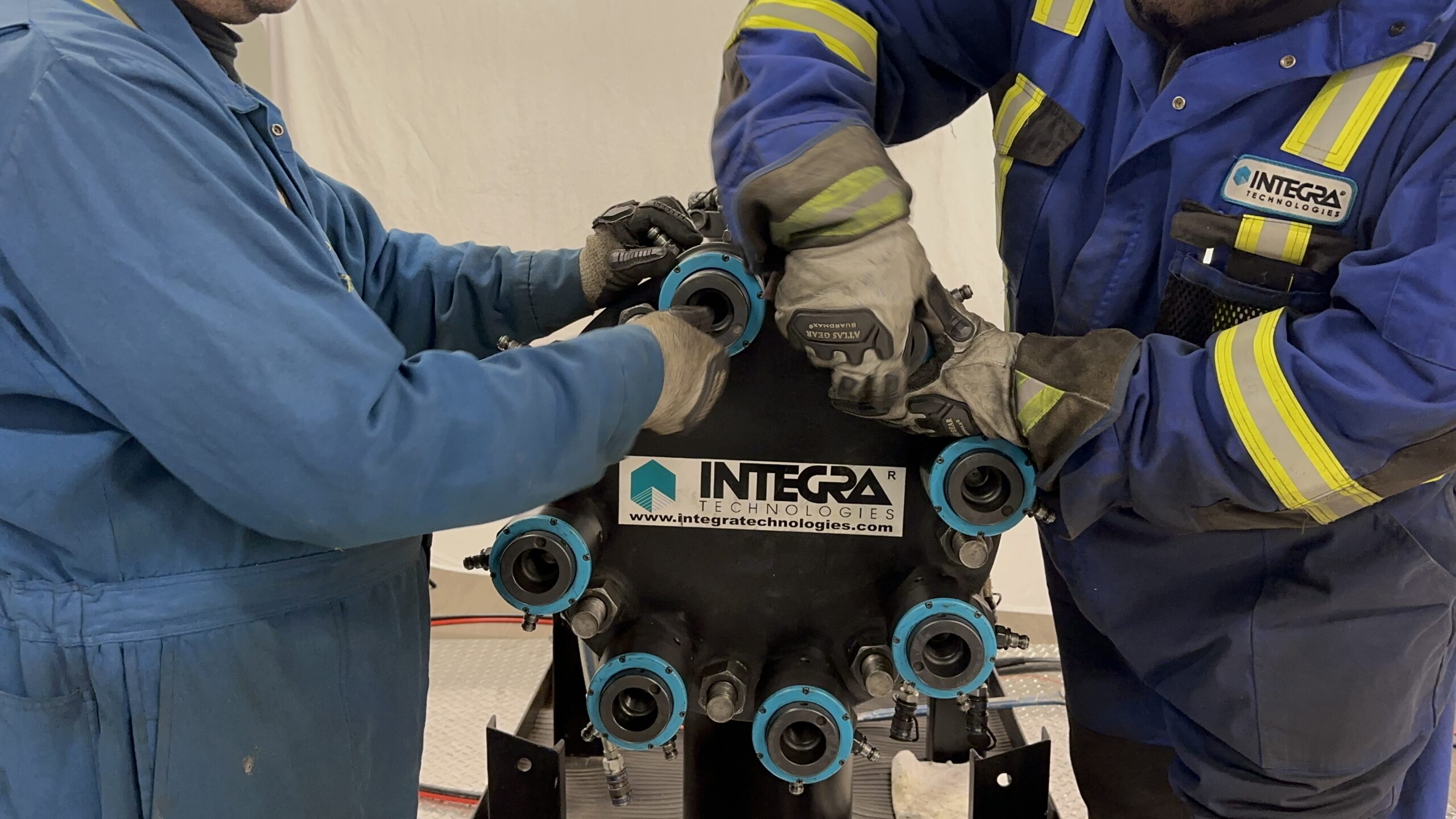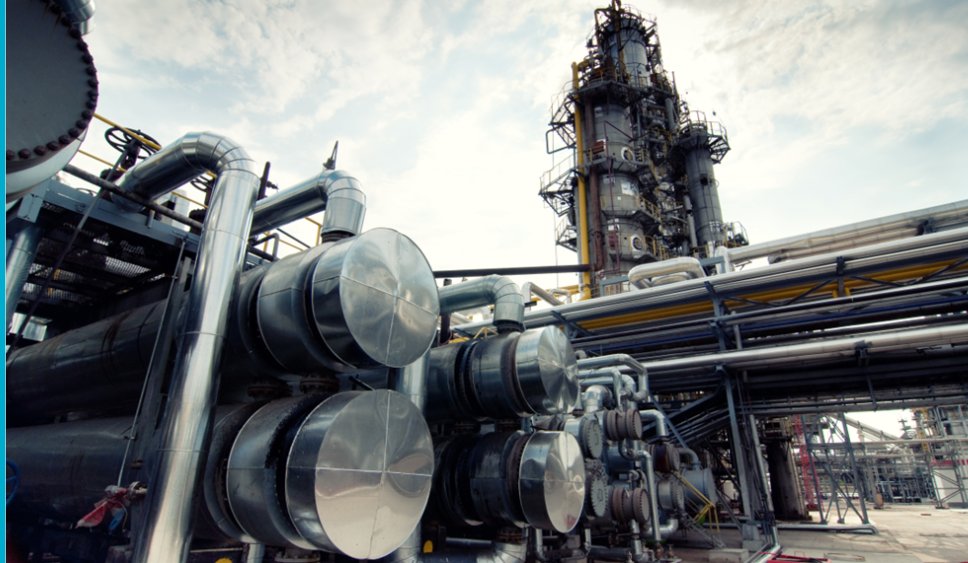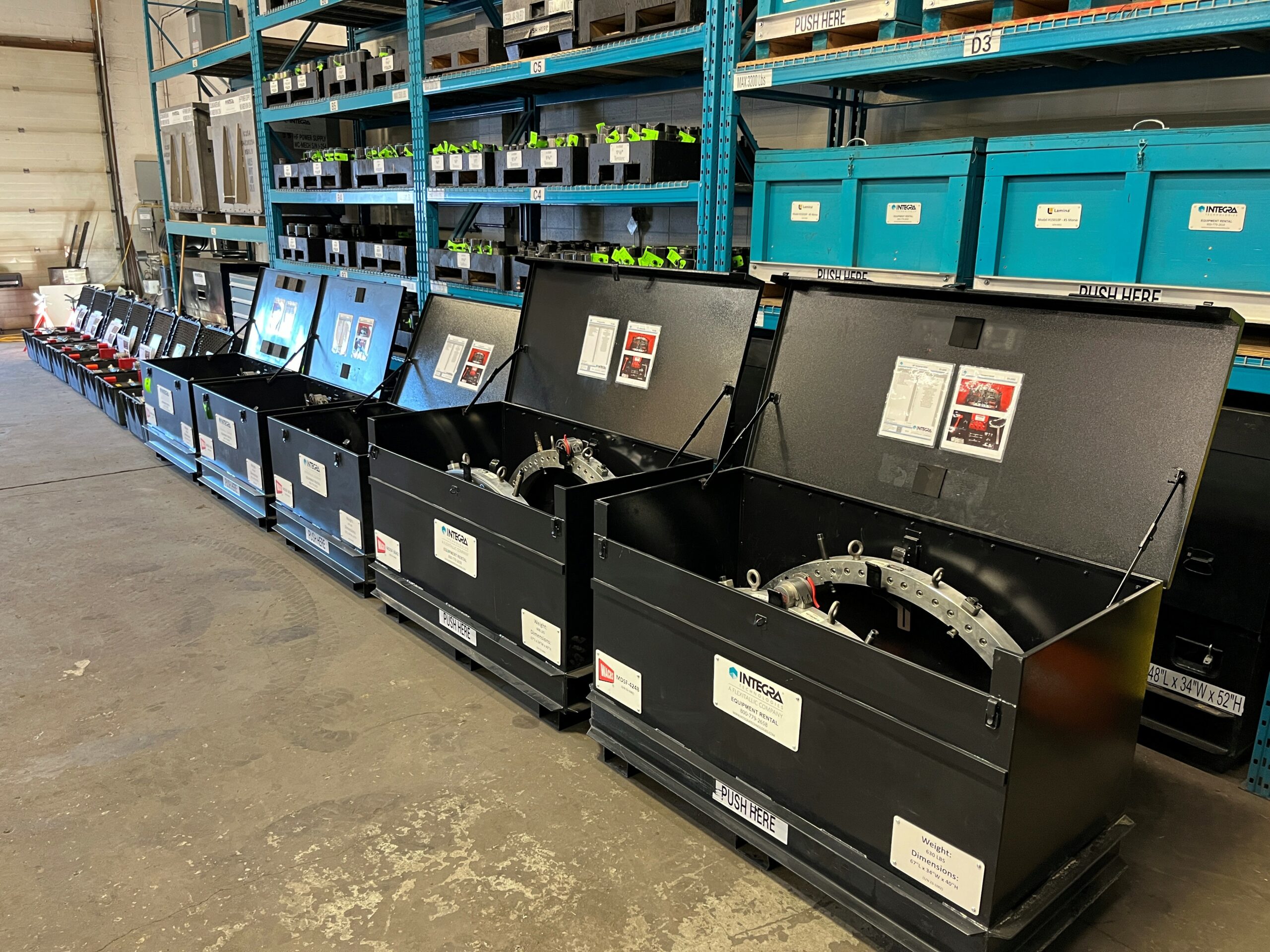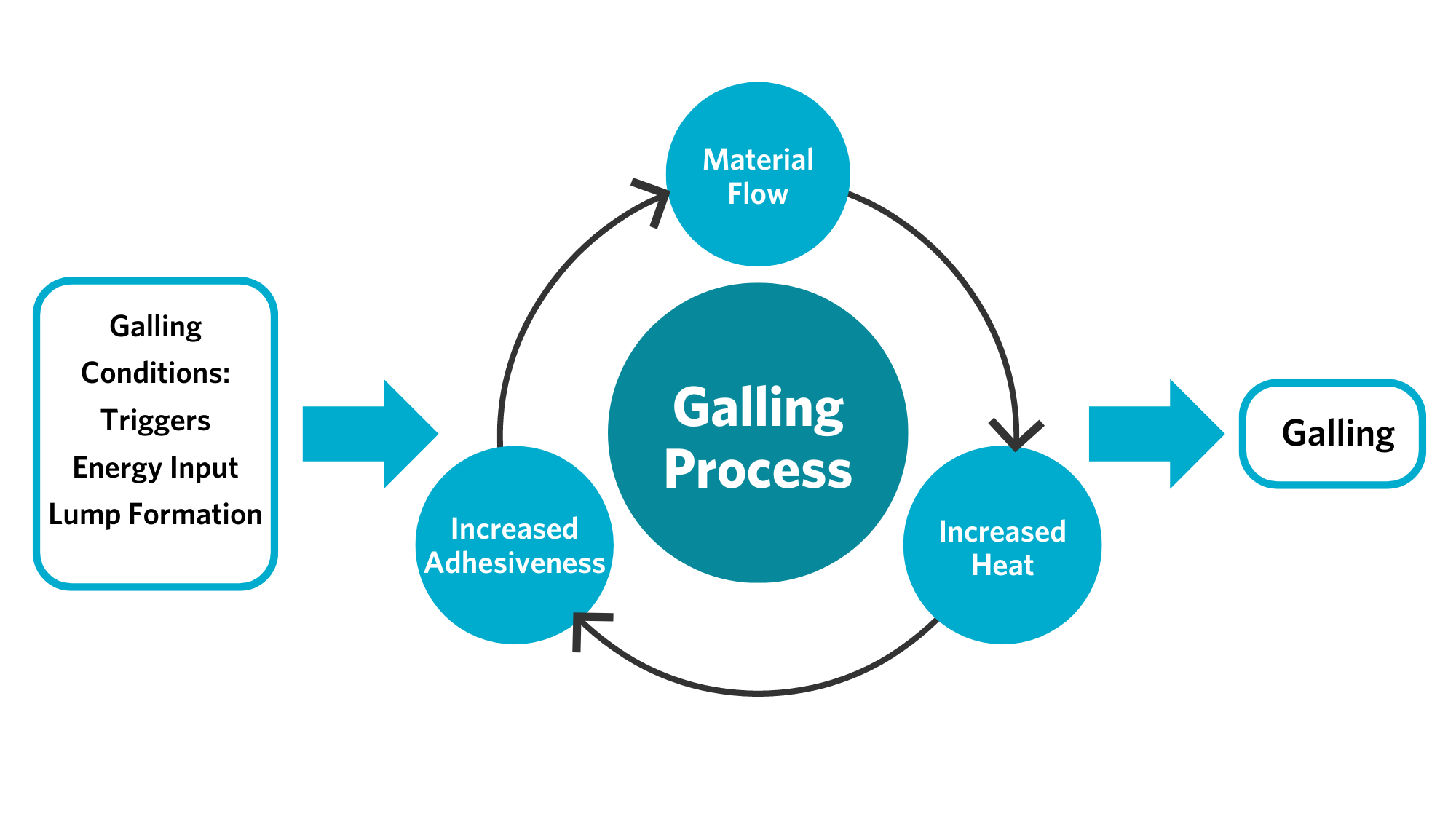As featured in the Chemical Engineering magazine:
At the outset, tackling emissions-reduction projects to achieve regulatory compliance can seem daunting, but by taking a proactive approach, leaks can be handled before they become a serious emissions issue
To meet global emissions-reduction targets, chemical processing facilities are facing more stringent regulatory requirements across the globe. As emissions regulations become stricter with the rising global focus on environmental impact and worker health, work sites are directly affected in multiple ways. Reduced emissions thresholds and more frequent inspections bring increased focus at a time when the industry is facing labor shortages, decreasing budgets and shrinking timelines. Managing fugitive emissions on top of everything else can feel overwhelming. However, as a part of a facility’s ongoing operating approval, effectively managing fugitive emissions is becoming a larger priority. With the right foundation in place throughout an organization, it can be possible to capture and correct leaks before they become regulatory-reportable emissions concerns. Reducing emissions benefits everyone, but it can sometimes seem challenging to implement a proactive program in an economical manner.
Fostering the culture
Effectively managing emissions starts with fostering an environmentally positive work culture, which can be easier said than done. Ensuring that workers understand why they need to support emissions reduction is the first step. Impactful emissions-management programs maintain a strong presence in all branches of a facility, from maintenance to planning to operational safety. This widespread support of emissions management is important, not only to foster positive public perception of the process, but also to protect workers from exposure to dangerous emissions. Planning and execution for emissions-related programs should be communicated clearly and early, with effort to ensure positive buy-in at all levels (Figure 1). This helps to ensure that everyone works toward the same goal — a safe place to work and a facility reputation of clean operational excellence.
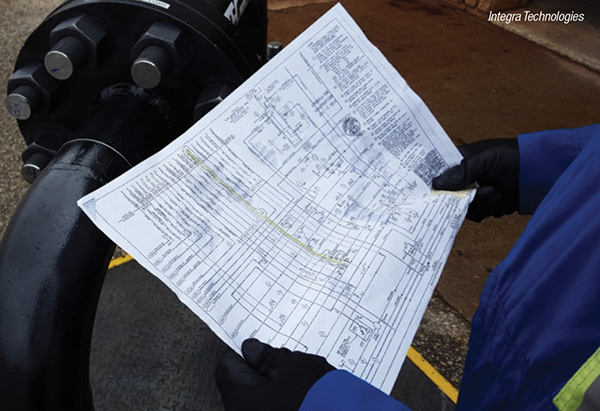
FIGURE 1. Clear communication of emissions-reduction plans to all plant workers should be done early so that design and operational synergies can be identified
While it is certainly important to communicate the value of reducing emissions on a regular basis, simply talking about it is obviously not enough. Workers need documented strategies, with their roles and responsibilities clearly defined — and, crucially, they must be involved in the development of these strategies. Workers at every level must be heard and their perspectives taken into consideration when creating plans to meet emissions-reduction targets. All groups within a facility must work together to find synergies between the environmental requirements and maintenance management. In the new age of remote meetings, it is easier to include more people at the table. Inviting personnel from all departments who can describe the obstacles they face related to regulatory programs and provide feedback on recommended solutions fosters a culture in which their experiences matter. Furthermore, it guarantees that plans and procedures are created by the people who will implement and be directly affected by those plans. This not only ensures that the plans are practical, but also provides lessons learned and opportunities for improvement, which will help to streamline the program and meet the targets more efficiently.
Continuous best practices
Establishing a workplace culture that is supportive of emissions reduction is fundamental, but it is not sufficient by itself. Workers need realistic solutions to the challenges they face. The following sections compile a list of practices that, when employed within a workplace with a positive emissions-reduction culture, can help to reduce an organization’s emissions before they break compliance.
Key functions are required to achieve a quality program. When supported as a regular part of daily operations, the following practices will assist facilities in meeting regulatory targets in a practical manner.
Accurate inventory. Authorities holding jurisdiction look for ways to show noncompliance, which presents economic and reputational implications. Furthermore, there may already be inaccuracies in the way emissions are calculated, because emission factors are often based on old data that may not be comparable to today’s more progressive processes. With emissions calculations reliant on source counts and factoring applications, you don’t want to calculate sources that are no longer in operation or miss new sources that could put a facility out of compliance.
Therefore, to obtain accurate emissions testing results, you must start with an accurate inventory — and that inventory must be updated continually as processes change. In-scope sources must be accurately represented, and the list of out-of-service equipment should be updated frequently. Establishing a process to routinely assess inventory is imperative and will save time that would be wasted managing redundant or out-of-date records, and will also remedy potential sources of noncompliance.
Internal leak targets. Organizations should set reduction threshold targets with strict rules to capture emissions sources before they become a compliance-driven concern. Leaks that are allowed to continue until they reach significant levels are quite costly, due to additional handling time from both inspection and maintenance requirements. There is a relationship between minor leaks and dangerous events. All such events represent failure in process control. Adequate process control prevents leaks before they happen.
Setting internal targets that provide early indication promotes a proactive approach to correct deficiencies without stringent deadlines. This will establish a total quality-management approach to support future potential derogation. Additionally, as leak thresholds are reduced by regulatory agencies, this approach will support facility confidence in meeting changes in equipment rule commitments.
Maintenance and repair. Ensure craft laborers receive adequate training and are competent in specific types of repair, such as taping, as well as correct procedures and good practices in tightening compression and other threaded fittings. Additional practices that aid in emission management include the following:
- Selecting the proper gasket and utilizing appropriate tightening practices for flanged assemblies
- Applying the proper bolt load based on valve type and service
- Selecting the proper valve based on thermal cycling or frequent use
Training and trade competencies. Another common source of leaks is improper assembly of equipment like compression fittings. Continuous training of all personnel involved in commissioning and startup is essential to ensuring a leak-free startup and preventing emissions before they start.
Post-turnaround activities
Emissions programs often identify an increase in regulatory emission sources for repair following minor or major turnaround activities, despite focused efforts to correct identified emission sources from previous campaigns. This is because facility relaxation and re-pressurization involve many activities that can influence joint integrity. Internal quality checks on focused repairs are a valuable part of any commissioning or startup activity. However, such checks alone are not enough to ensure a fully leak-free startup. While they test the areas that have been broken down, they neglect other components in an assembly, potentially missing the leaks you aren’t looking for. Below are industry good practices that can address additional common sources of emissions increases following commissioning.
Plug placement program. One common source of leaks is the failure to replace valve plugs following turnaround, as well as the inadequate or improper placement of plugs that are replaced. Implementing a plug placement program, in which trained individuals examine equipment to ensure that all plugs have been replaced and tightened correctly, can greatly reduce emissions sources. It is also important to ensure that vent and drain valves are sufficiently closed. Isolations that are not fully closed are another common source of emissions, adding time to maintenance and planning when these issues appear in regulatory campaigns.
Pre-screens. A second important practice to implement following every turnaround is a pre-screen of components to identify any new sources of emissions that may have creeped up from non-focused repair efforts during outage periods. Conducting critical leak checks during the initial stages of startup — specifically after turnaround but before reintroducing feed — can significantly increase positive regulatory-compliance inspection outcomes (Figure 2). This is especially important on equipment that experiences frequent thermal cycling, such as compressors, compression fittings, pump seals, gaskets and plugs.
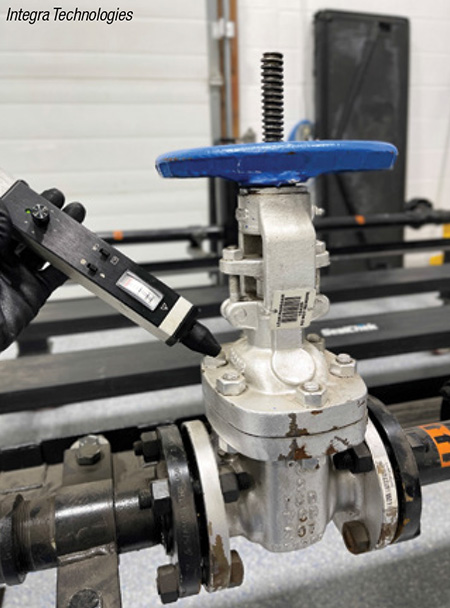
FIGURE 2. During the initial stages of startup following a turnaround, conducting critical leak checks is an effective way to improve regulatory compliance
Seeking outside help
For ongoing leak detection during operations, it can be helpful to find a service provider that can identify leaks during commissioning and startup, keeping operations safe and the environmental impact well within emission regulatory compliance. Such service providers likely have more experience detecting and preventing leaks than general plant personnel, and can streamline the process with specialized skills and technologies to find small leaks, in any service medium, before they become big problems. They can also aid in identifying the repairs that will most support emission reduction and help to design plans to prevent such leaks through engineering analysis and specialized mechanical services.
Another very important preventive measure involves increasing the trade competencies of a site’s workers. To assist with this, training measures, such as the American Society of Mechanical Engineers’ (ASME; New York, N.Y.; www.asme.org) Bolting Specialist Qualification Program, are advised. This program is designed to train and evaluate a bolter’s ability to inspect, assemble, disassemble and tighten bolted joints in accordance with PCC1 standards governing bolted flange-joint assemblies. Such practices will significantly reduce leaks caused by improper assembly of components (Figure 3).
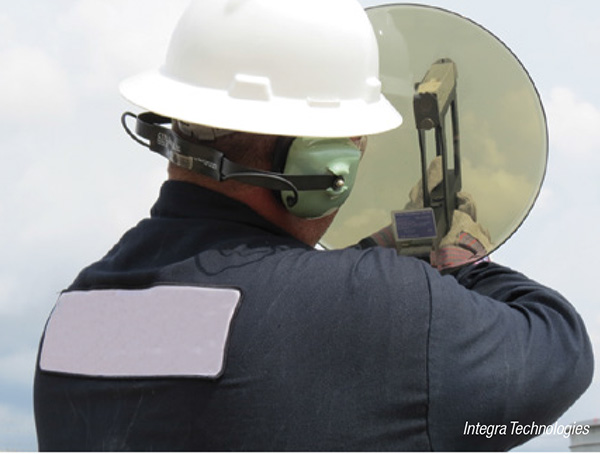
FIGURE 3. Workers who have been trained in industry-standard programs bring with them comprehensive expertise in inspection, assembly and disassembly of leakage-prone equipment
For ongoing leak detection during operations, it can be helpful to partner with a provider of leak-detection and repair (LDAR) equipment and services. Ideally, the technicians you hire should be trained to utilize EPA Method 21 (focused on leaks of volatile organic compounds) and optical gas imaging (OGI) to find leaks quickly and accurately, getting plants back to production more quickly and safely.
Edited by Mary Page Bailey
